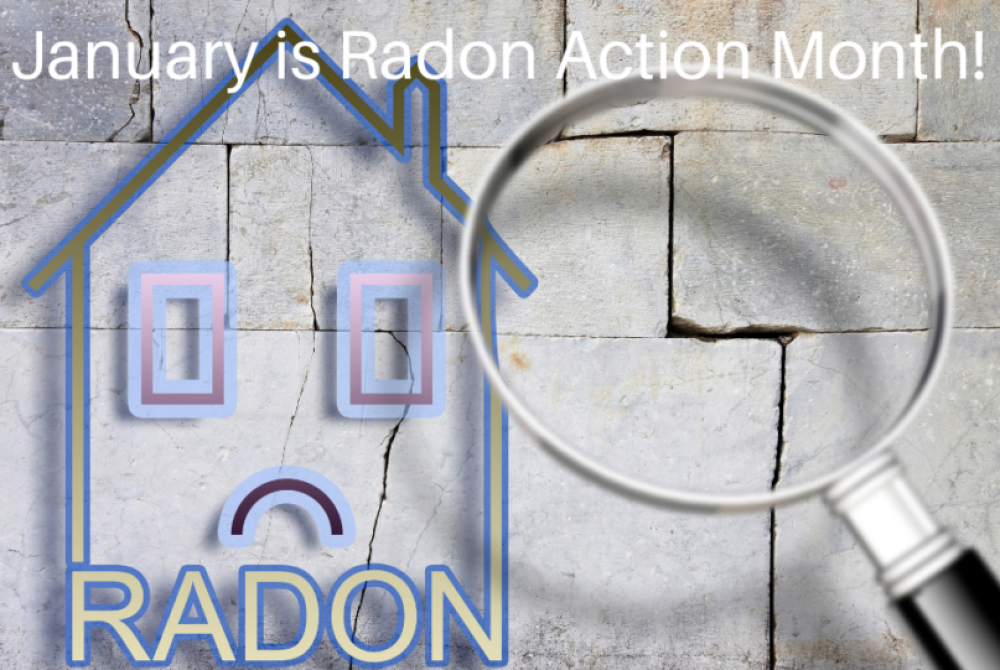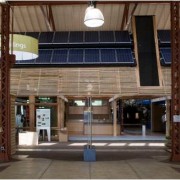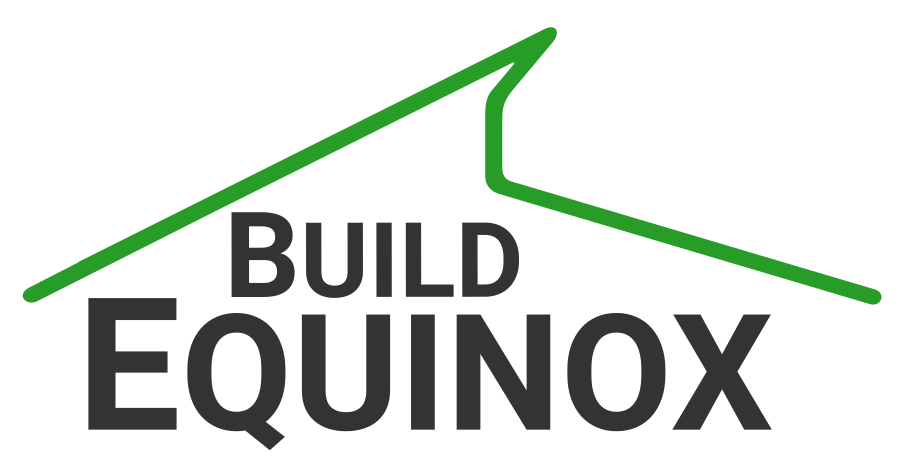January is radon action month, and it is time to draw attention to a gas with no smell that is invisible and seeps up through building foundations and is the second cause of lung cancer. Radon is typically mapped by the EPA per county across the US, ranging from levels 1 – 3; however, this does not tell the real story of the risk, which can change from house to house. Michigan is making some interesting attempts to better map radon by sharing radon results at a lower-than-county scale level. Check your state environment department as they may be, too. However, we must test all existing homes and buildings, which can make a big difference when you test. We see so many tests done in the summer when the pressure is different from in the winter and maybe when the windows are open and sure enough, we see low results. Still, when you test in the winter when the pressure has changed, and typically windows are shut, that changes it, and usually, results are higher. Also, one-time tests may only tell part of the story, so continuous monitoring makes more sense. Using the Sun Radon LUFT, you can continuously monitor radon over a year to determine your average risk, and another benefit is that putting it at a lower level also determines mold risk, too, a two-for-one. Our GreenStar Homes program requires all existing homes to be tested and mitigated if there is an issue and requires all new construction to be tested. For new construction, the best practices include proper radon resistance construction and installing a passive radon pipe with a fan hooked up but not turned on. Then do the continuous monitoring, ideally with Sun Radon, and if a problem occurs, turn on the system. Continuous monitoring is important even with an active system installed. One time, our power went out and tripped the breaker, knocking out the system; I would not have known the system turned off had I not been monitoring the system only to see the radon exposure in my home increase significantly and to find the system was off. You can also do smart mitigation; my uncle hooked up a radon monitor to a smart plug and plugged the radon system into it; the system only turns on when radon elevates but then turns off when it goes back down. It’s like demand-controlled radon removal to save energy! Finally, the next step is to ensure the system is installed well by a certified professional. Some states are better at this than others it, as far as having pros available or this being enforced. In Michigan, we have a new study underway to see how well radon systems are performing; if you want to inspect your system to ensure it is operating correctly, please go here to be part of the free study.
For new construction, it is so much easier and cheaper to do radon right from the start than to go back and fix it, and for existing housing, if you are financing or funding an upgrade to your home, now is the time to get this done. This gas may be undetectable other than by monitoring, but it should always be addressed. Please consider addressing this issue for your family or for your projects.
Bonus! GreenHome Institute members get a discount on purchasing a Sun Radon monitoring system.




